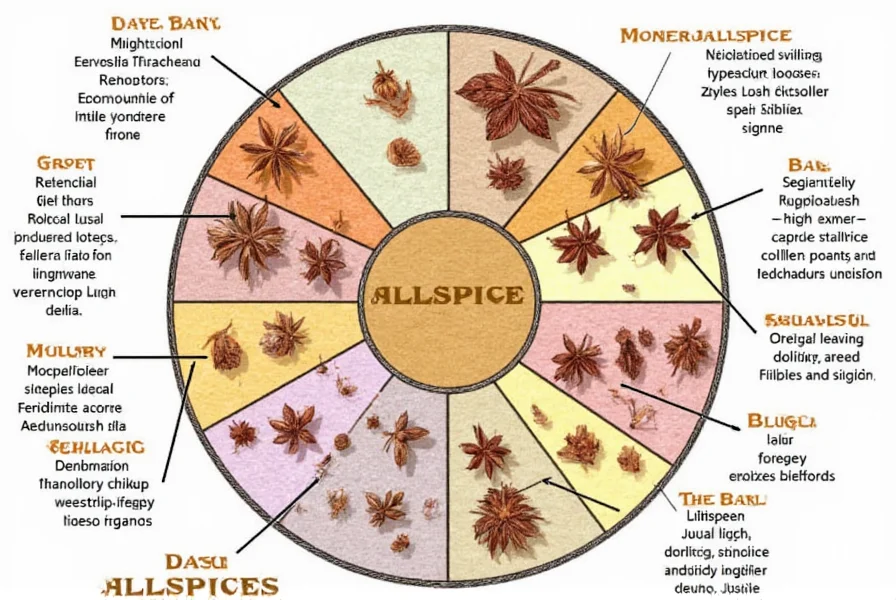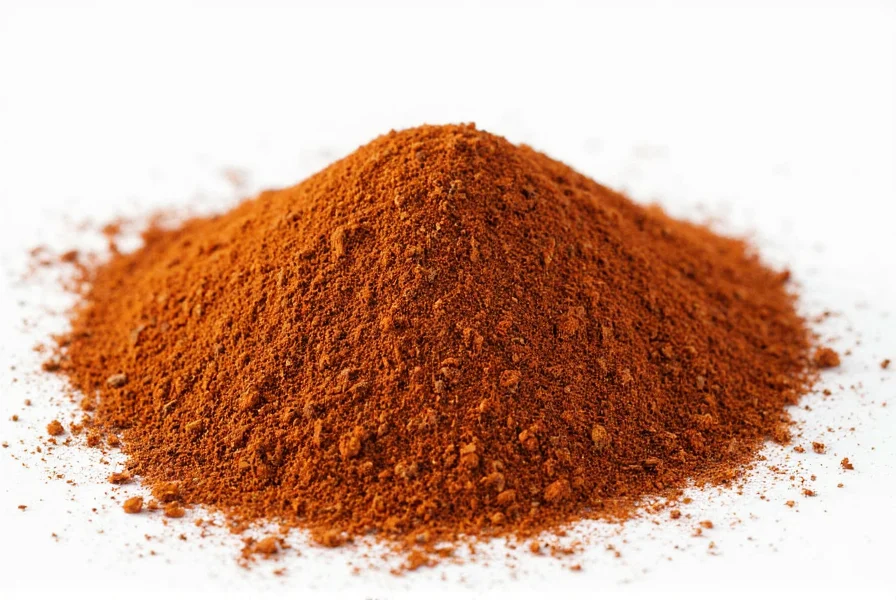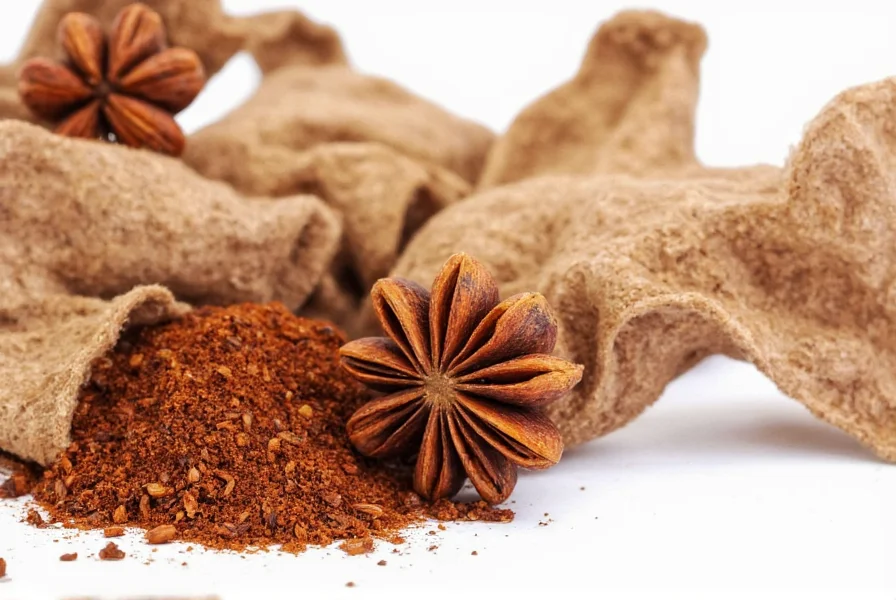Many home cooks mistakenly believe allspice contains multiple spices due to its name and versatile flavor. This common misconception deserves clarification, as understanding what allspice actually is affects how you use it in recipes and what substitutes work best when you're out of stock.
The Allspice Misconception Explained
The term "allspice" originated in 17th century England when British explorers discovered the dried berries in Jamaica. They named it "allspice" because its aroma and taste reminded them of a combination of cinnamon, nutmeg, and cloves—all popular spices at the time. This historical naming convention created lasting confusion about allspice's true nature.
Unlike spice blends such as pumpkin pie spice or garam masala, allspice contains only one ingredient: the berry of the Pimenta dioica plant. This evergreen tree, native to the Greater Antilles, southern Mexico, and Central America, produces small berries that turn dark brown when dried. These dried berries constitute what we know as allspice.
What Gives Allspice Its Complex Flavor?
Allspice's unique flavor profile comes from its chemical composition. The berries contain eugenol (also found in cloves), cineole (present in cinnamon), and terpenes (similar to those in nutmeg). This natural combination creates the impression of multiple spices in one.
Chefs and food scientists recognize allspice for its balanced warmth—not too sharp like cloves, not too sweet like cinnamon, and not as earthy as nutmeg. This balance makes it incredibly versatile across both sweet and savory applications.
| Spice | Primary Flavor Notes | Chemical Compounds |
|---|---|---|
| Allspice | Warm, sweet, peppery, clove-like | Eugenol, cineole, terpenes |
| Cloves | Sharp, pungent, medicinal | Eugenol (higher concentration) |
| Cinnamon | Sweet, woody, warm | Cinnamaldehyde, cineole |
| Nutmeg | Earthy, nutty, slightly sweet | Myristicin, terpenes |
Culinary Applications of Genuine Allspice
Chefs worldwide utilize allspice for its ability to enhance both sweet and savory dishes. In Caribbean cuisine, it's essential for jerk seasoning and pickling. Middle Eastern recipes feature it in meat rubs and rice dishes. European bakers incorporate it into fruitcakes, gingerbread, and mulled wine.
When cooking with allspice, remember that whole berries maintain their flavor longer than ground allspice. For maximum flavor impact, toast whole berries before grinding them fresh. This technique releases the essential oils that create allspice's characteristic aroma.

Creating an Allspice Substitute
If you find yourself without allspice, you can create a reasonable substitute by combining common spices. The most accurate approximation uses:
- 1/2 teaspoon ground cloves
- 1/2 teaspoon ground cinnamon
- 1/4 teaspoon ground nutmeg
This mixture mimics allspice's flavor profile but won't perfectly replicate the nuanced complexity of genuine allspice. For best results in recipes calling for whole allspice berries, use a single whole clove as the closest substitute.
Proper Storage for Maximum Freshness
To preserve allspice's flavor, store it properly based on its form:
- Whole allspice berries: Keep in an airtight container away from light and heat. They maintain peak flavor for 2-4 years.
- Ground allspice: Use within 6-12 months for best results, as ground spices lose potency faster.
Check your allspice's freshness by crushing a small amount between your fingers. If the aroma is weak or barely noticeable, it's time to replace it. Fresh allspice should release a strong, warm fragrance immediately.

Understanding Allspice in Global Cuisines
Allspice plays distinctive roles across various culinary traditions. In Jamaican cooking, it's indispensable for traditional jerk seasoning and pickled vegetables. Scandinavian bakers use it in gingerbread and holiday treats. In Middle Eastern cuisine, allspice appears in meat rubs, rice pilafs, and stuffed vegetables.
When exploring international recipes, note that some cultures refer to allspice by different names. In Spanish-speaking countries, it's often called "pimienta" (pepper), which can cause confusion with black pepper. In German recipes, look for "Piment" or "Jamaikapfeffer."
Frequently Asked Questions About Allspice
Is allspice the same as mixed spice?
No, allspice and mixed spice are different. Allspice is a single spice from Pimenta dioica berries, while mixed spice (common in British baking) is a blend typically containing cinnamon, coriander, caraway, nutmeg, and cloves.
Can I substitute five spice powder for allspice?
Five spice powder makes a poor substitute for allspice as it contains star anise, fennel seeds, cloves, Szechuan pepper, and cinnamon. The flavor profile differs significantly, though you could use a small amount in some savory applications if necessary.
Why does my allspice taste different from recipe to recipe?
Allspice flavor varies based on growing region, harvest time, and processing methods. Jamaican allspice typically has the strongest flavor, while Mexican and Honduran varieties offer slightly different flavor notes. Freshness also affects taste—older allspice loses its complexity.
Is allspice safe for people with spice allergies?
Allspice is a distinct botanical entity (Pimenta dioica) unrelated to cinnamon, nutmeg, or cloves. However, if you have multiple spice allergies, consult an allergist before consuming allspice, as cross-contamination can occur during processing.
What's the difference between allspice and all-purpose seasoning?
Allspice is a single spice, while all-purpose seasoning refers to various commercial blends containing multiple herbs and spices. The names sound similar but represent completely different products with distinct flavor profiles and culinary uses.











 浙公网安备
33010002000092号
浙公网安备
33010002000092号 浙B2-20120091-4
浙B2-20120091-4